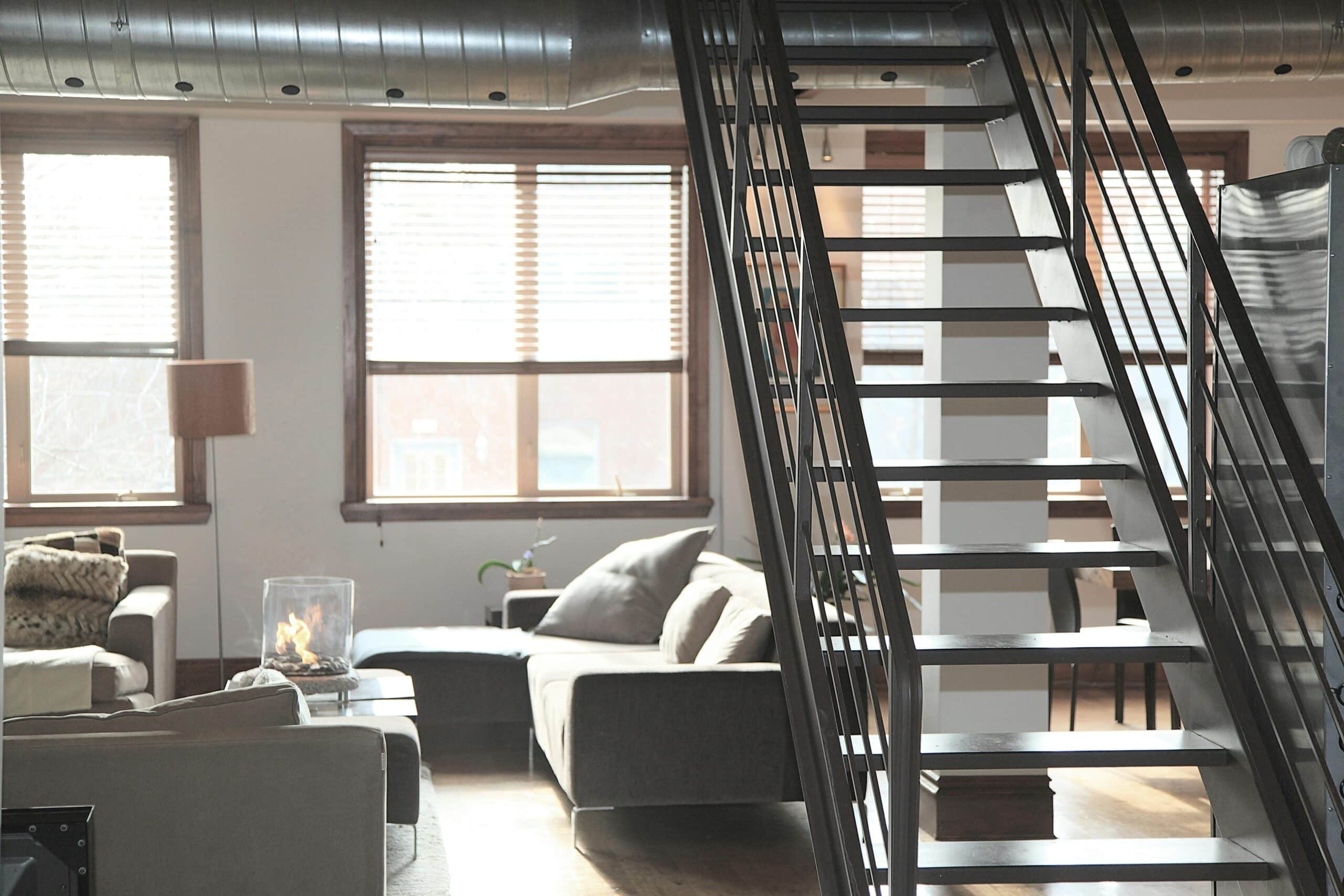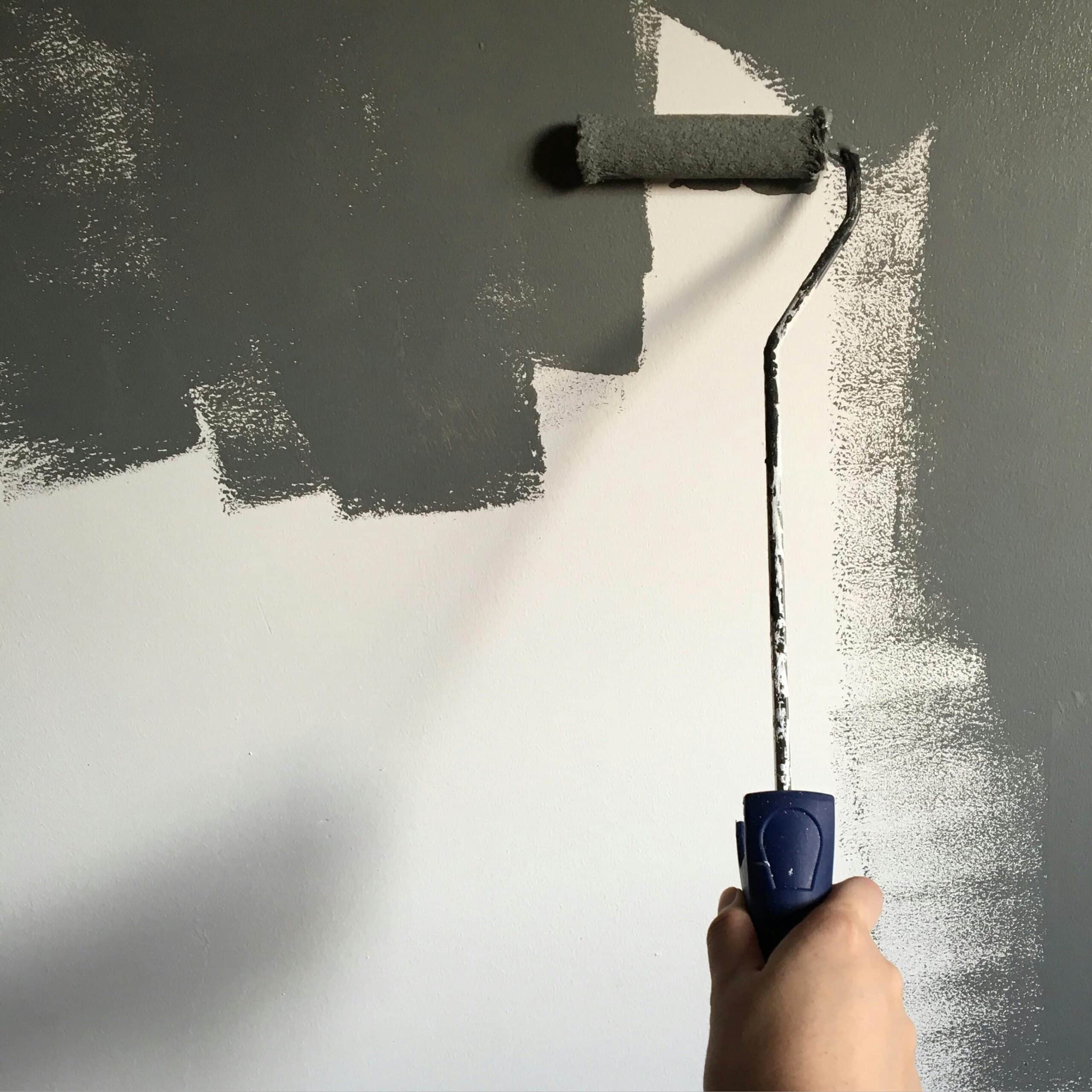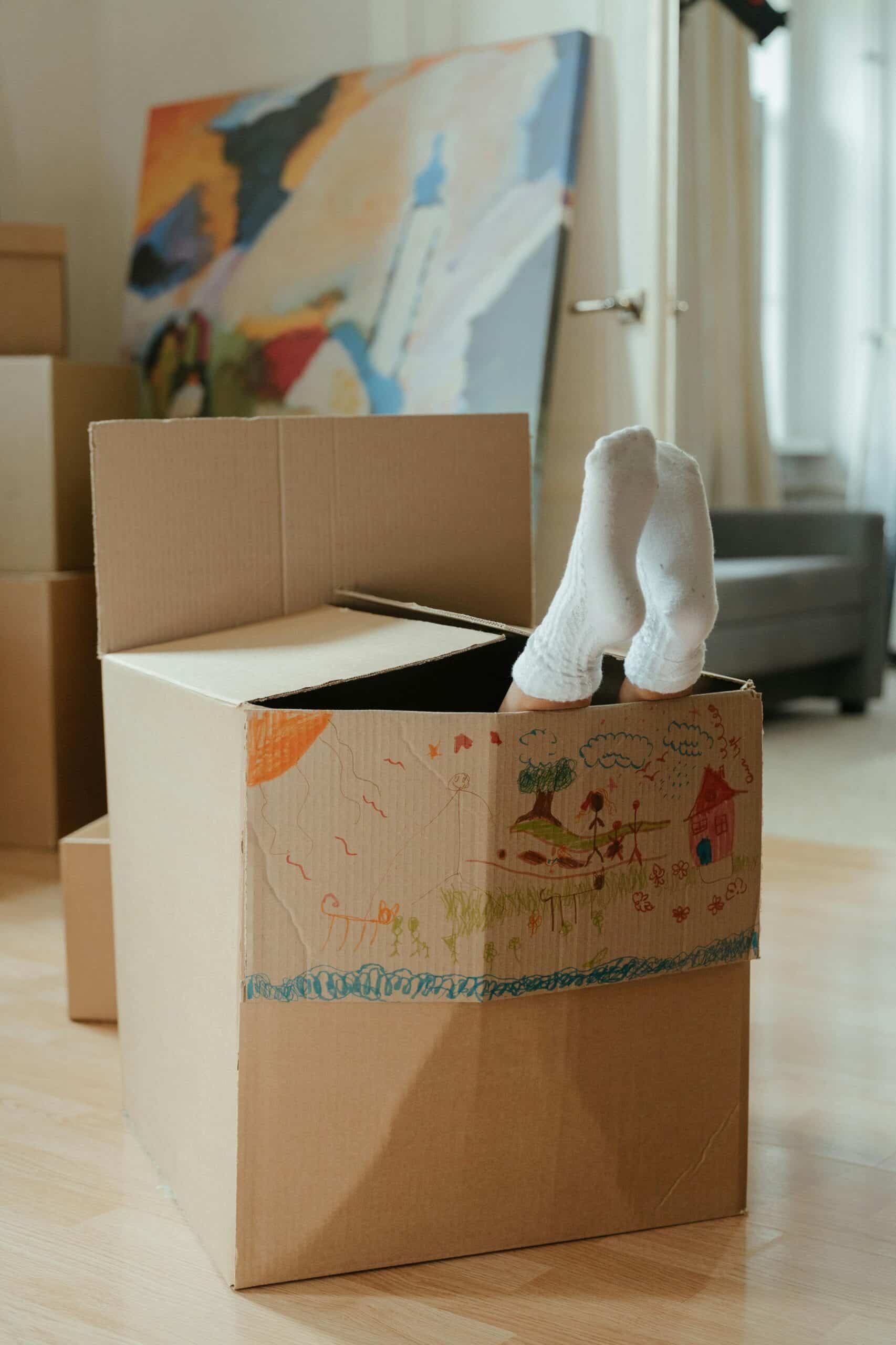Moving in without the mayhem

Major changes in your condominium, such as a connecting staircase, need to be coordinated with your building manager.
Congratulations! You’ve made the big leap to strike it out on your own and get your own condominium unit.
Whether you purchased a unit or rented out one, moving into a new condominium marks an exciting step toward a new life. The process, however, takes a little more effort than literally just carrying stuff into your new home. If you want more time to enjoy your new pad and less stress (and expenses!) on unexpected troubles, be prepared. Read on to discover practical tips to help you move-in to your new condominium.
Coordinate with your property manager/ lessor

Remember to inform your lessor or building manager of any changes you wish to be made in your condominium prior to moving in.
Surprises are awesome, but surprise moving in days are not. If you plan to bring in your stuff in your new home, be sure to inform your building’s property manager or lessor. This gives them time to prepare anything that might need to be fixed in the unit prior to your moving in date.
It would also be helpful if you can schedule a walk-through session at the unit with the manager or lessor prior to your actual move-in. Take photos and raise questions to ensure that any existing leaks, damages or graffiti are accounted for and will not be charged against you in the future. Clarify fees, deposits, permits and other requirements needed prior to moving-in. Make sure you prepare and secure these before your actual moving day to avoid any hiccups.
Check existing utilities
Open taps, flush toilets and turn on all lights during your initial inspection. Make sure that these fixtures are in working order prior to your moving-in date. Record and take photos of existing water and electricity meter readings to make sure that these figures would not be added to your future bills. Verify if there are existing unsettled fees in the unit with the building management and utility provider. Request the lessor to settle them first and fix broken fixtures prior to you living there.
Read tenant guidelines
If you’re keen to personalize or renovate your new home, take the time first to read design and construction guidelines if they have been provided to you. From the color of the blinds to the types of airconditioners you can use, you may be caught off-guard with some of the restrictions some condominiums put into place.
If there are no guidelines provided, give your lessor or property manager a heads-up on what you plan to change in your unit before doing the work. It’s best to show these proposed changes through sketches or detailed plans to ensure both parties agree to the proposals.
List down items you’ll need
Will your elderly grandmother or large foosball table move in the condominium with you?
If you’ve got companions or unique items requiring specific changes to your condominium, it’s best to inform your property manager or lessor what you’ll be needing to accommodate them. Better yet, prepare a list of your condominium must-haves. This can serve as a guide to you, your lessor, your contractor and other people who would help prepare your unit to suit your needs. A list can also help you set the budget for your desired changes.
Envision your desired changes
Usually, condominium units are turned over bare or with basic wall and floor finishes.
If you want to add a touch of personality, you can do minimal changes such as using stickers, hanging artwork or rugs. These small changes do not usually cost a lot and can be added over time when your budget permits. If you envision more drastic changes, however, you would need to secure permissions of your lessor or property manager.
In particular, painting, drilling and other odorous or noisy works will have to be declared to ensure that your neighbors would not complain during construction. Request your contractor to provide a quotation for the works to be done so that you can agree to a set budget prior to construction.
Ask your lessor if there are accredited contractors you must coordinate with, especially if your proposed changes will affect building utilities such as sprinklers and pipelines. Lastly, secure the necessary work permits from the management office to ensure all materials, workers and suppliers will be able to make it to your unit without being stopped by security.
Enjoy the process
In reality, the process of moving in can be time-consuming and tiring, but it’s all part of the journey of owning a home.
At the end of the day, remember that you’re not alone in handling the difficult tasks. From your property manager to your moving company, there are a lot of people who can help make your transition smooth sailing. Enjoy the process and don’t sweat the small stuff.
Even if things don’t all go according to plan, make time to appreciate the view and celebrate this new chapter of your life.
Photo Sources: Life of Pix, cottonbro studio, Stephanie Ho, and Thirdman via pexels.com


